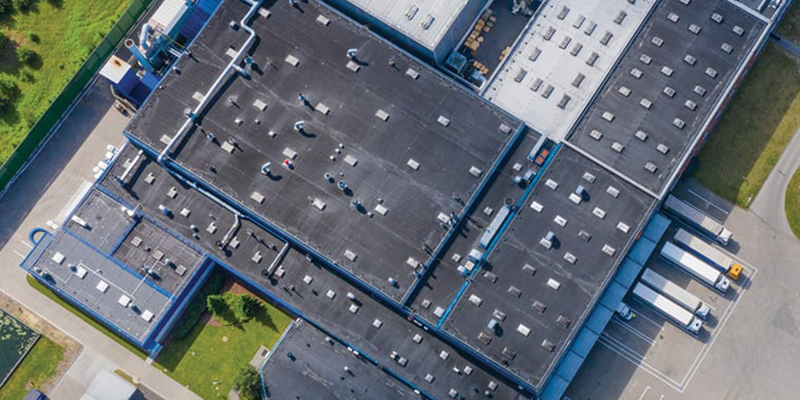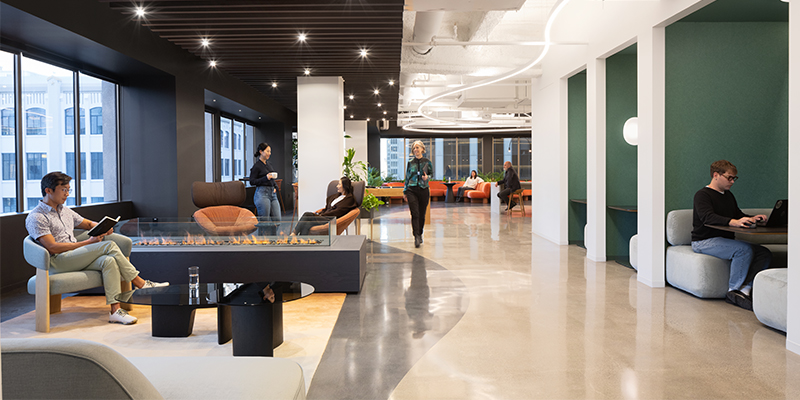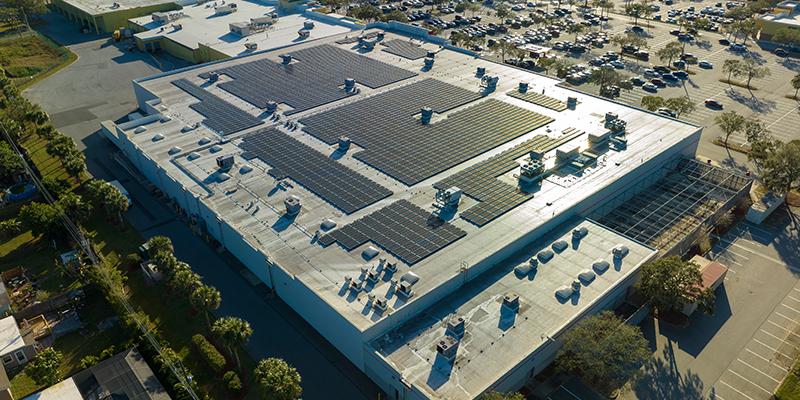By Kathryn Hamilton, CAE
The U.S. industrial real estate market experienced a significant slowdown in 2024, marking the lowest annual net absorption rate since 2011, according to the bi-annual NAIOP Industrial Space Demand Forecast that was published in March.
Report authors Hany Guirguis, Ph.D., and Joshua Harris, Ph.D., presented critical key market trends and economic influences have created the slowdown on a recent webinar. Here are some takeaways from the report and discussion.
Demand is down: Net absorption for 2024 totaled just 170.8 million square feet as the market faced headwinds from elevated long-term interest rates despite the Federal Reserve’s initial rate cuts. The fourth quarter was a weak performer, with only 37 million square feet absorbed – the worst Q4 since 2009.
Rent growth is slowing: Annual market rent growth decelerated sharply, falling from 6.9% in 2023 to 2.8% in 2024, marking the slowest rate of increase since 2012.
Vacancy rates are rising: The industrial leasing boom that characterized the pandemic era has tapered off, as evidenced by the drop in net absorption relative to new deliveries. In 2024, the ratio of net absorption to net deliveries fell to 33%, a stark contrast from the 170% peak in 2021. The imbalance between deliveries and absorption pushed the average vacancy rate from 5.9% to 6.2% – the highest since 2015.
Developers are responding to market conditions: As demand softens, developers have pulled back. The total pipeline of industrial projects under construction currently sits at 492.8 million square feet, down from a record 1 billion square feet in Q3 2022. As deliveries continue to exceed absorption, vacancy rates may rise further.
Strong retail and wholesale demand continues: Despite a softening industrial market, consumer spending remained resilient. Retail sales (excluding auto sales) rose 2.9% year-over-year, and wholesale and retail inventories increased by 2.5%. However, industrial space occupiers appear to be hesitant about committing to additional space, likely due to continued high interest rates and economic uncertainty.
Brighter days ahead, but caution prevails: The industrial real estate sector is undergoing a period of recalibration after years of extraordinary demand. While 2024 marked a slowdown, the forecast suggests moderate recovery in the second half of 2025 and a stronger absorption of 224.9 million square feet in 2026. The direction of interest rates, inflation trends, and overall economic growth will be critical in determining whether industrial real estate stabilizes – or continues to face headwinds.
For investors, developers, and occupiers, caution and adaptability will be key in navigating this evolving landscape.
Download the full Q1 2025 Industrial Space Demand Forecast; NAIOP members can access the archive of the webinar.








